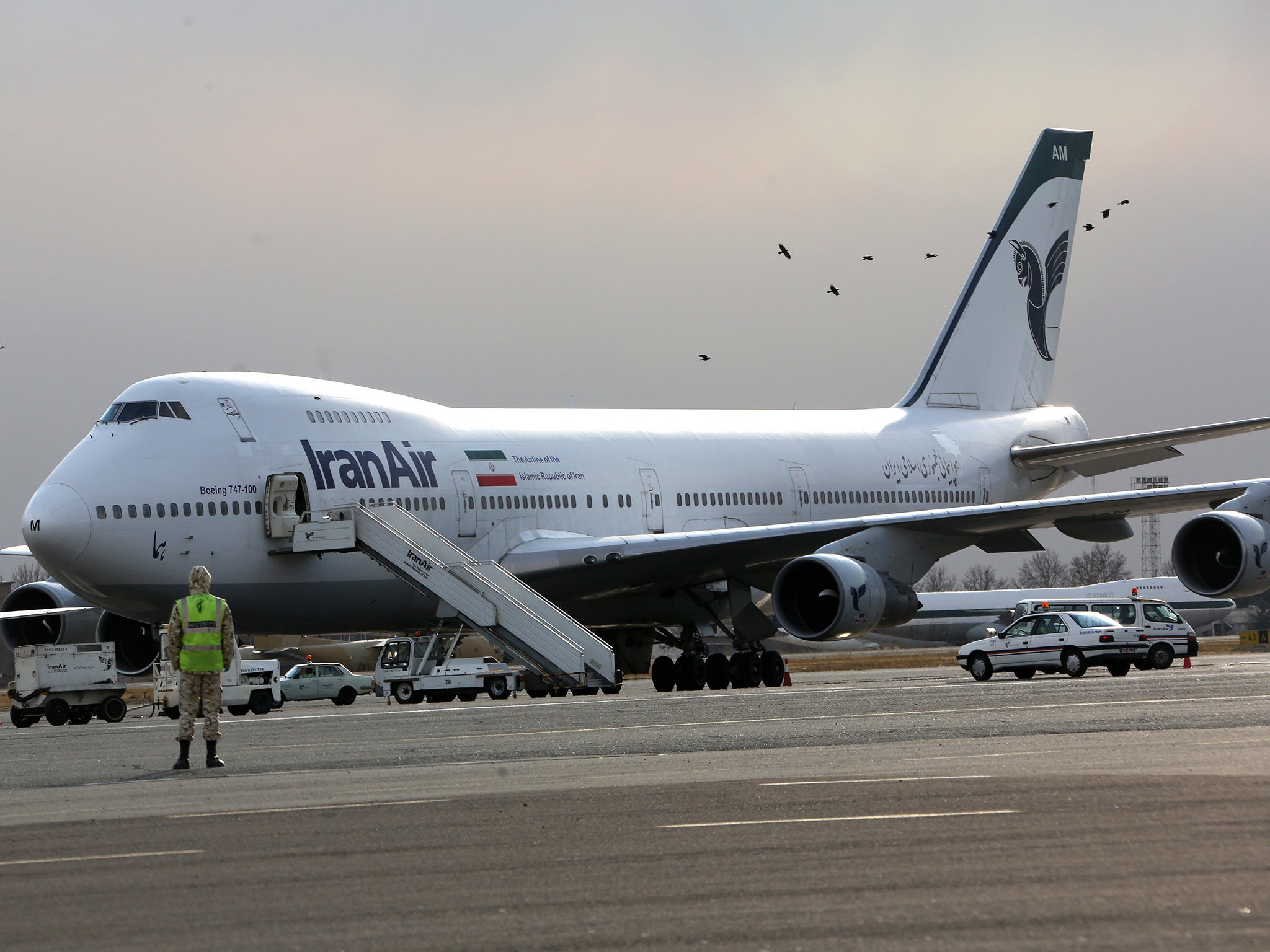Britain and Iran sign agreement for up to six flights a day between the two countries
Move leads to speculation that Tehran airport could seize back its role as express route to the Orient

After decades of frosty aviation relations, Iran and Britain have signed an agreement for up to six flights a day between the two countries - leading to speculation that Tehran airport could seize back its role as the express route to the Orient.
In the days when Abu Dhabi, Doha and Dubai were mere dusty refuelling stops for intercontinental jets, the Iranian capital was an aviation crossroads. Budget travellers seeking “bucket shop” tickets to the East would often find themselves changing planes at unearthly hours to reach Delhi, Bangkok and Tokyo.
Iran Air, the oldest airline in the Middle East, at one time held the record for the longest scheduled flight: over 12 hours from Tehran to New York JFK. But the 1979 revolution and international sanctions over nuclear capabilities put paid to Iran’s aviation ambitions. Flights from London continued, though for a time the airline was not allowed to refuel at Heathrow and needed to make an additional stop at Manston in Kent on the journey to Tehran.
At present the only onward destinations from Imam Khomeini airport of interest to British travellers are Beijing, Bombay and Kuala Lumpur. But with an order book for more than 200 new jets, permission to fly more frequently to Britain and dormant flying rights to many other Asian cities, Iran Air is back on course.
Meanwhile, British Airways has announced a return to the city to which it first flew 70 years ago, but which it axed in 2012. Starting shortly after the end of Ramadan in July, the airline will fly six times a week from Heathrow to Tehran, going daily from October.
With return fares as low as £384 for the 5,500-mile round trip, BA is seeking to attract tourists to Iran. The Islamic Republic's London embassy re-opened last August, making it easier to get a visa. But the tourism infrastructure is flimsy, and UK travellers who subsequently wish to visit the US will find the process much tougher with evidence of a stay in Iran.
The Foreign Office also warns: “Homosexual behaviour, adultery and sex outside of marriage are illegal under Iranian law and can carry the death penalty.”
The travel writer, Tony Wheeler, says of his most recent visit: “I can’t remember the last time I was treated with such hospitality. While dining alone in restaurants, I’d regularly get invited over to join another table. By the end of my visit I had a collection of photographs with Iranian families who wanted me to join the family snapshot.”
Join our commenting forum
Join thought-provoking conversations, follow other Independent readers and see their replies
Comments